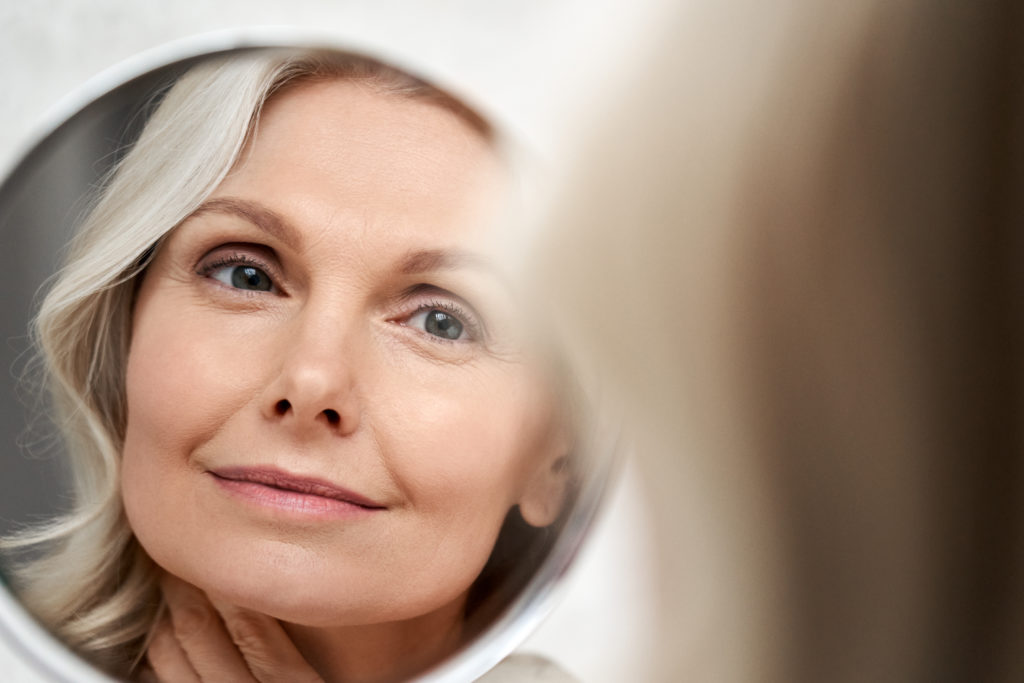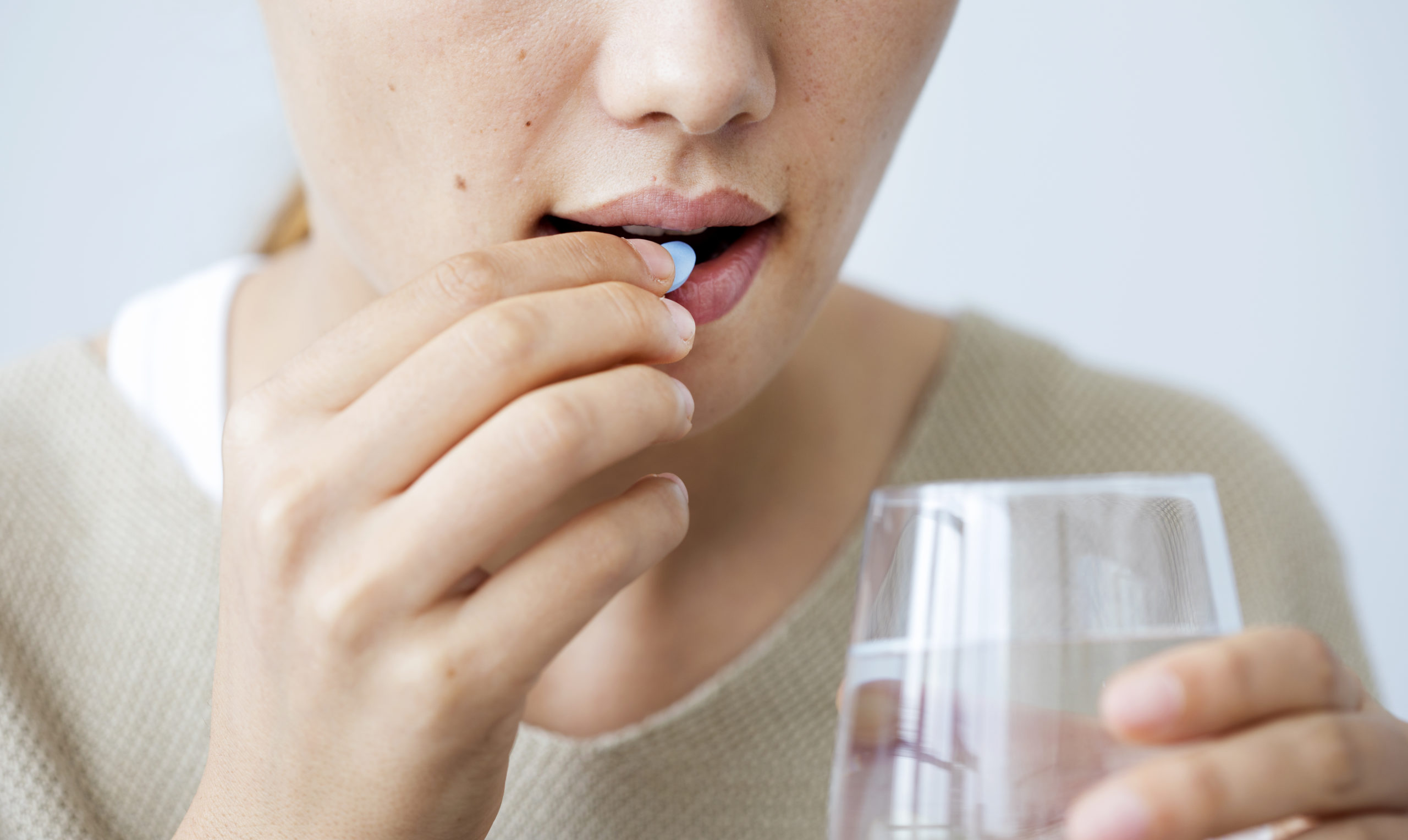The skin is exposed to many extrinsic factors of aging daily from ionizing radiation, stress, alcohol, smoking, exposure to UV rays, and more. These extrinsic factors have been shown to make up 80% of free radicals that lead to skin aging. Free radicals are also known as reactive oxygen species (ROS) and accumulate with age because, as we age, our skin produces fewer antioxidants.
Free radical molecules cause oxidative stress in the body, leading to free radical damage and skin aging. While the skin has natural antioxidant protectants, free radicals still damage the skin due to direct exposure and penetration from extrinsic factors.
This blog will explore free radical damage to skin cells and how topical oxygen application can help restore the skin to its youthful appearance.
Let’s Talk About Free Radicals
Free radicals are a by-product of human metabolism that can be found in our body’s cells and outside sources or extrinsic factors such as UV light from the sun or pollution. These free radicals are the root cause of extrinsic skin aging; which is why it’s so important to protect your skin from them.
Free radicals can damage cell membranes, break down collagen and elastin fibers, speed up melanocyte activity (which causes hyperpigmentation), and cause inflammation in blood vessels (resulting in redness or puffiness).
When free radicals run rampant throughout our body, it contributes to oxidative stress. This can cause all sorts of health problems, not just to the skin. So, not only does oxidative stress lead to premature aging, but it has also been linked to heart disease, cancer, diabetes, and even Alzheimer’s.
The skin can be protected from free radicals endogenously with melanin, enzymatic antioxidants, and specific vitamins, including vitamins A, C, and E.
Free Radical Activity
Although the environment poses dangers to the skin in the form of toxins, free radicals are inevitable by-products of the body’s processes, including cellular regeneration.
Topically applied oxygen fights off free radicals in damaged cells. As oxygen is broken down by the body’s cells, unpaired free electrons are released. Seeking an oppositely-charged molecule, they cling to healthy cells, which results in damaging the cells which may release harmful chemicals. However, under extrinsic and intrinsic healthy conditions, the body produces enough antioxidants to maintain the level of free radicals in the skin and body.
Free Radical Scavengers
Free radical scavengers are defined as molecules or substances that fight off or normalize free radicals in damaged skin. Free radical scavengers, such as the antioxidant vitamins (found in ECHO2 Oxygen Infusing Treatments) and acids, neutralize free radicals and halt production. While the aging process cannot be stopped, the use of topical oxygen has been shown to provide impressive results in cell hydration and regeneration.
Oxygen’s Effect on Free Radicals & Skin Aging
ECHO2 Oxygen Infusing Treatments topically infuse millions of oxygen molecules per second with our proprietary blend of concentrated vitamins and minerals.
The ECHO2 infusing handpiece aerosolizes our solutions in a pressurized stream of oxygen to penetrate and saturate the skin. Three key ingredients in the treatment, retinyl palmitate (derived from vitamin A), vitamin C, and vitamin E, are free radical scavengers. These key ingredients act as antioxidants to help fight free radicals in skin cells.
As we age, our skin’s natural creases and wrinkles become more defined. Improving the health of our skin by keeping it oxygenated, hydrated, and minimizing free radicals helps nourish, replenish, and reverse the extrinsic aging processes that cause fine lines and wrinkles.
If you’re a skincare professional and think offering ECHO2 Oxygen Infusing Treatments can help your clients prevent free radical damage, contact us to learn more.
Source:
Dermatol Res Pract. 2012; 2012: 135206. Published online 2012 Feb 29. DOI: 10.1155/2012/135206 ht
If you liked this blog from Oxygen Lab, check out these other related articles:
–Where You Live Will Impact How Fast Your Skin Ages
–The Key Ingredient Missing in Your Acne Treatment



